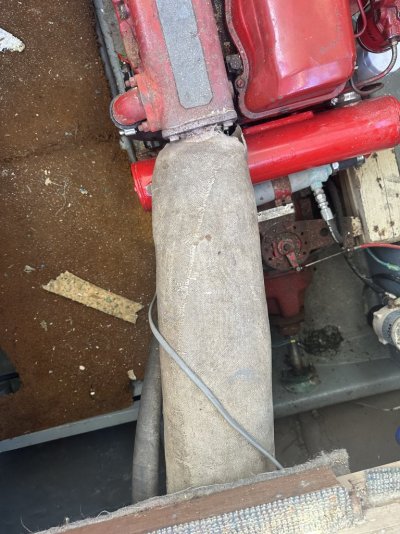scottwillshaw
Newbie
Just bought a CHB 1972 33’ trawler with Ford Lehman 120 engine and after mooching around in the engine bay I noticed this heat wrap around my exhaust. Considering the boat is from the early 1970’s I’m wondering if this is possibly asbestos related? Kinda concerned as I wanted to replace the exhaust elbow as per American diesel’s recommendations and this would involve having to peel back some of this covering potentially disturbing whatever material this is!
See attached pic.
Any advice from you helpful folk would be greatly appreciated especially if you have seen or currently have this kind of heat shield?
See attached pic.
Any advice from you helpful folk would be greatly appreciated especially if you have seen or currently have this kind of heat shield?

